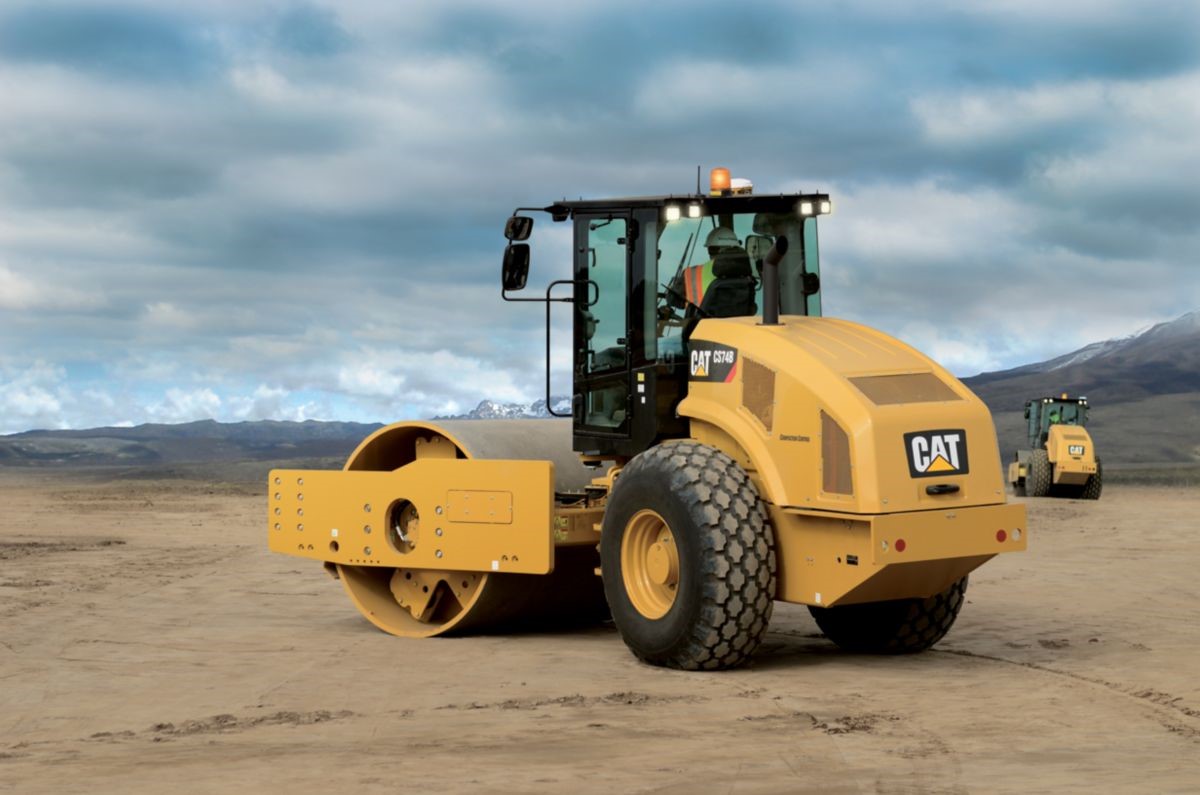There are many different machines to use for soil compaction.
Each type of compactor has a definite material and operating range on which it is most economical.
Choosing the machine that is most suitable will complete the work most economically and efficiently due to reduced passes, reduced fuel use and less working time.
Smooth Drum Rollers
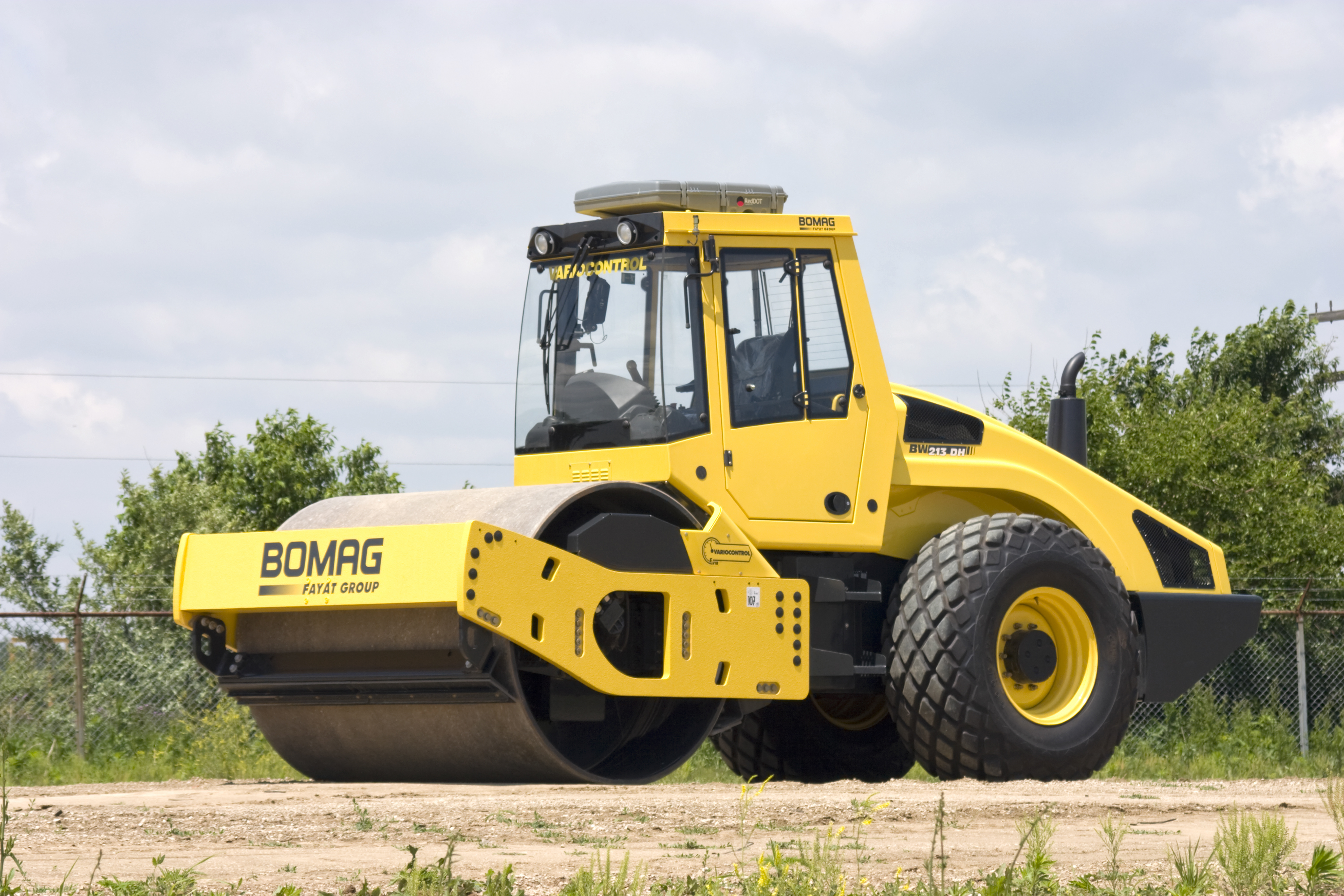
Smooth drum rollers use static pressure, vibration, and impact to compact materials such as gravel, rocks, sand, and asphalt. They are most effective on granular materials with particle sizes ranging from large rocks to fine sand.
Many road construction projects use smooth drum compactors to create flat and smooth surfaces. They are one of the most common types of road rollers available to rent.
For increased versatility, smooth compactors can come with optional padfoot shell kits, which allows the use of smooth drum rollers in padfoot applications, albeit with limited performance.
Typically, there are two smooth roller models used: single drum rollers and double-drum rollers.
• Single drum roller: This type of smooth roller has one steel drum at the front end with tires at the back. It is also called a road roller or steamroller. Due to its sturdy tires, it has quality traction.
• Double drum roller: As opposed to the single drum roller, the twin-drum roller has two steel drums with one found at the front and one located at the back.
As a result, the drums move the roller forward and backward, not the tires. Because it lacks tires, this type of machine does not have great traction.
Padfoot Compactors
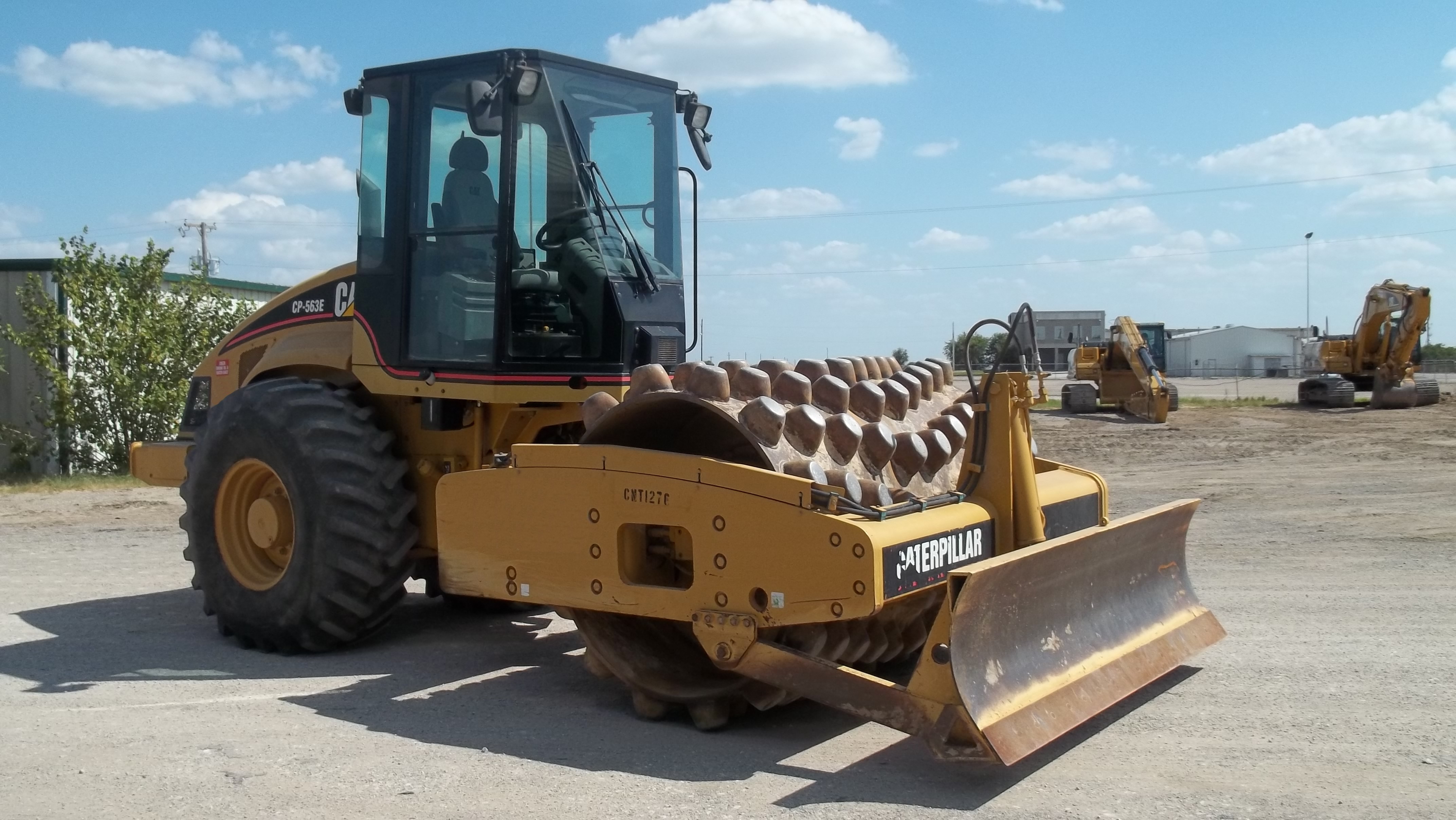
Just like smooth rollers, padfoot rollers generate static pressure, vibration, and impact on the materials. However, they also generate manipulative force. This allows for uniform compaction during the entire process.
Padfoot compactors have tapered pads that penetrate and compact the soil to build up the soil’s strength. Gravity and the vibrations compact the material from the top down.
Padfoot drum machines expand the material range to include soils with more than 50 percent cohesive material and a greater percentage of fines.
When the pad penetrates the top of the lift, it breaks the natural bonds between the particles of cohesive soil and achieves better compaction results.
The pads are involuted to walk out of the lift without fluffing the soil and tapered to help them stay clean.
Sheepsfoot Compactors
A sheepsfoot pad is cylindrical, usually about 8 inches long. The pads on padfoot compactors are tapered with an oval or rectangular shape whereas sheepsfoot pads are circular.
The pad face on a sheepsfoot is smaller than the base of the pad—that’s an important difference.
Did You Know?
Sheepsfoot compactors derived their name from the fact that early Roman road builders would herd sheep back and forth over base material until the road was compacted.
The word “sheepsfoot” became a generic term to describe all types of padded drums. In reality, a sheepsfoot compactor is very different from a padfoot compactor.
The pads on sheepsfoot drums penetrate through the top lift and actually compact the lift below. When a pad comes out of the soil, it kicks up or fluffs the material.
The result is a loose layer of material on top. When more fill is spread, the top lift will be fluffed and the previous layer will be compacted. A sheepsfoot compactor truly compacts from the bottom up.
Plate Tampers
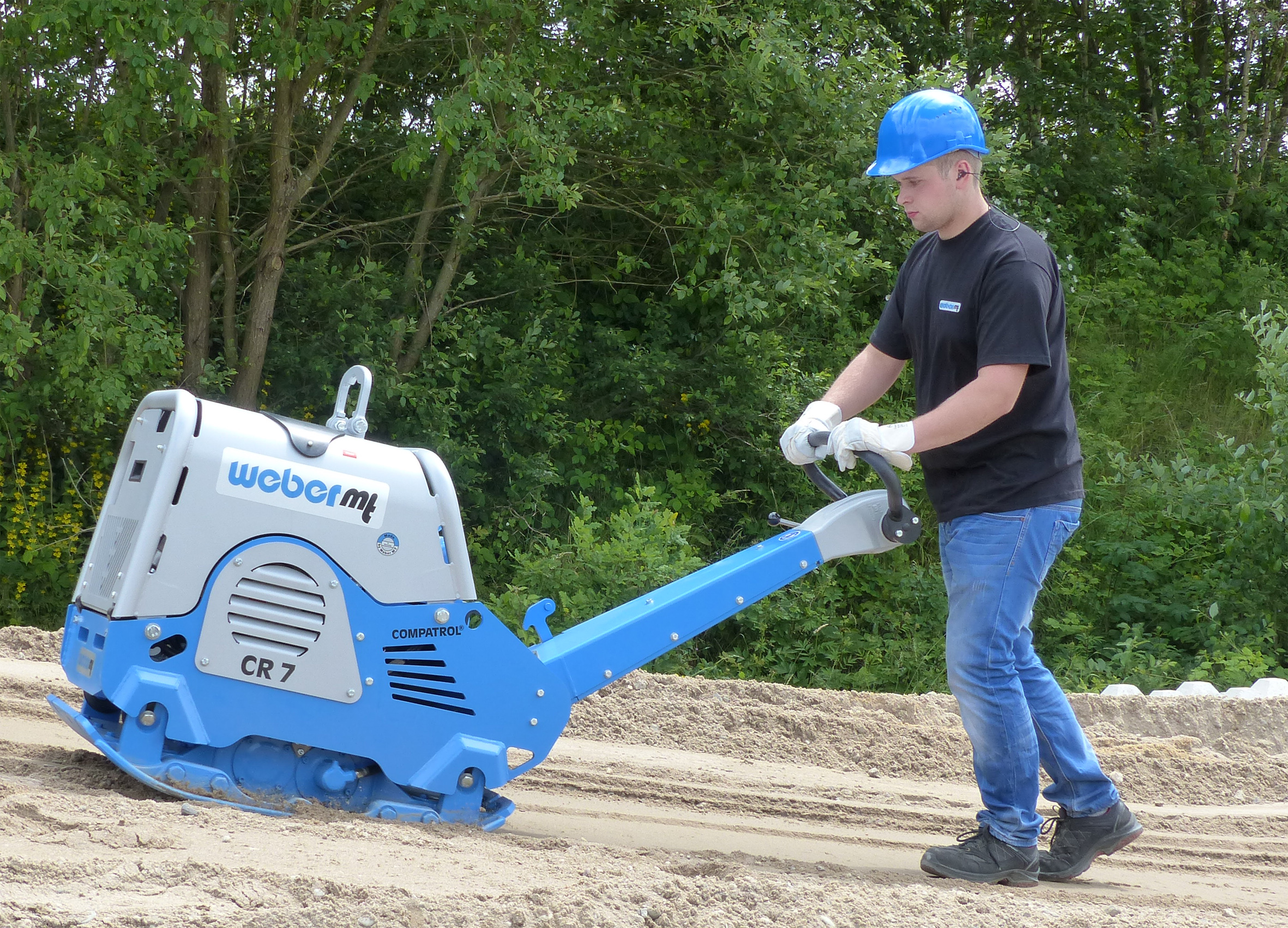
Plate tampers, or plate compactors can be used to compact sub base and asphalt on driveways, parking lots and repair jobs. They are also useful in confined areas where a larger roller may not be able reach.
There are three main categories of plate compactors: a single plate compactor, a reversible plate compactor, and a high performance/heavy-duty plate compactor.
Single plate compactors go in a forward direction only, and are probably the most popular choice for smaller asphalt jobs. Reversible plates can go in both forward and reverse, and some also operate in a hover mode.
Reversible and high performance/heavy-duty plate compactors are often used for sub base or deeper depth compaction.
The shape of the base plate is sometimes taken into consideration as a curved plate can make turning easier and prevent the plate from gouging the asphalt.
How can you tell if the plate is curved?
Look underneath from the center of the plate to the edging. Although it is hard to notice, the plate will be slightly bent up. The geometry of the plate is important for working in tight places.
A new feature some plate compactors have is an anti-vibration handle. The anti-vibration handle cuts down on vibration transfer from the plate to the operator, creating more comfort for the operator.
Rammers
Rammers are used for compacting small areas by providing impact pressure to the soil. They are very light and can be operated by machine or hand.
Rammers are generally used for compacting cohesive soils as well as other soils. They are also used for compacting smaller areas.
Pneumatic Tire Rollers
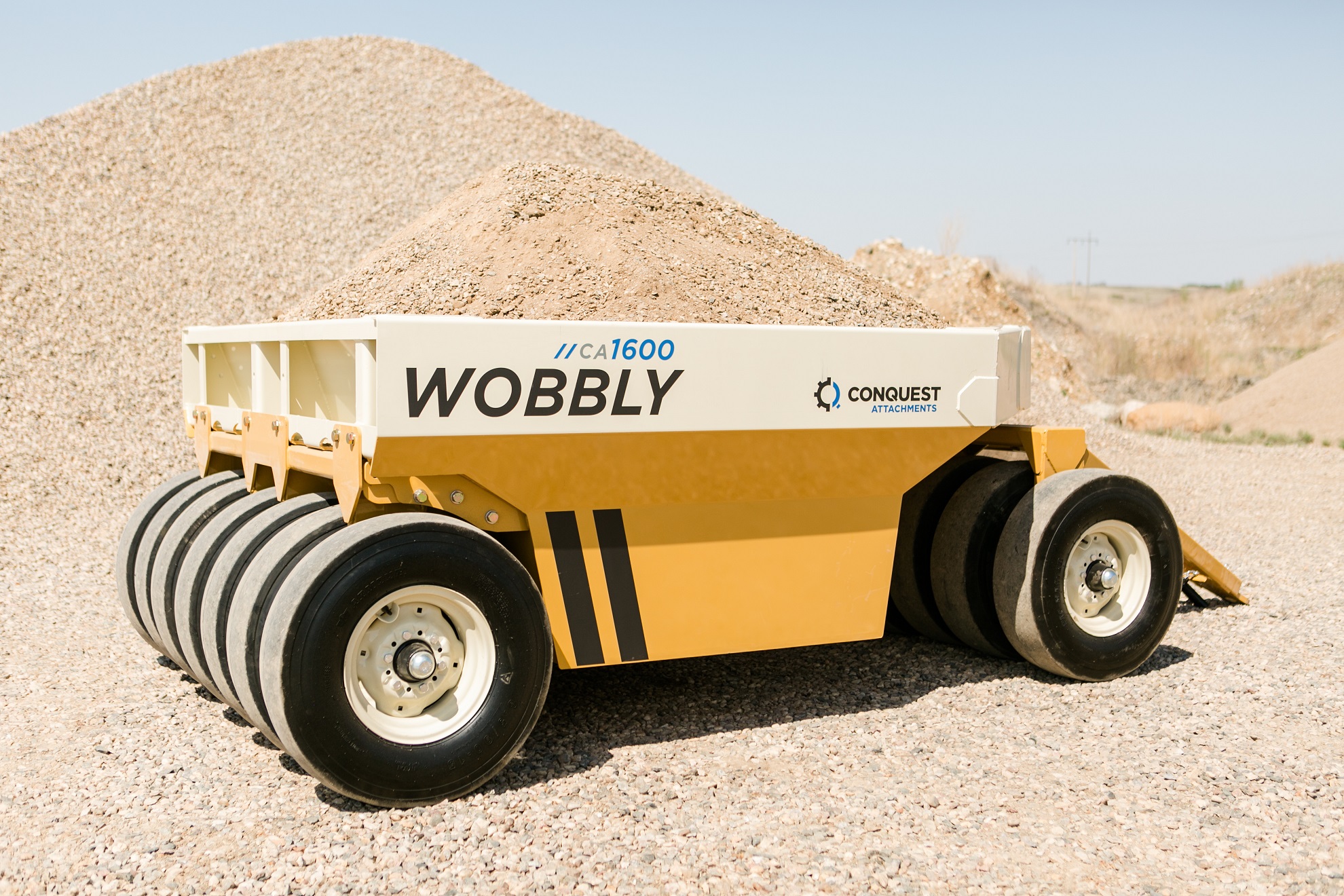
Pneumatic tire compactors are used on small-to-medium size soil compaction jobs, primarily on bladed, granular base materials. Often, they are used as a finishing compactor after a vibratory drum compactor completes compaction of the lift.
Pneumatic rollers are best suited for sealing the surface, special applications such as compaction of thin lifts, or special requirements dictated by the job.
The compactive forces (pressure and manipulation) generated by the rubber tires work from the top of the lift down to produce density.
The amount of compactive force can be varied by altering the tire pressure or by changing the weight of the ballast.
The kneading action caused by the staggered tire pattern helps seal and smooth the surface.
An advantage of pneumatic tired compactors is that they can be used on soil and asphalt which means a roadbuilding contractor can use one compactor for multiple stages of construction.
Before you buy the compactor that is best for your project, get in touch with the right people who will be able to guide you properly. Each machine has some advantages and some disadvantages so it is important to choose wisely.
For more information on the different types of soil compaction equipment, contact us at 1.855.483.2500 or via email!

